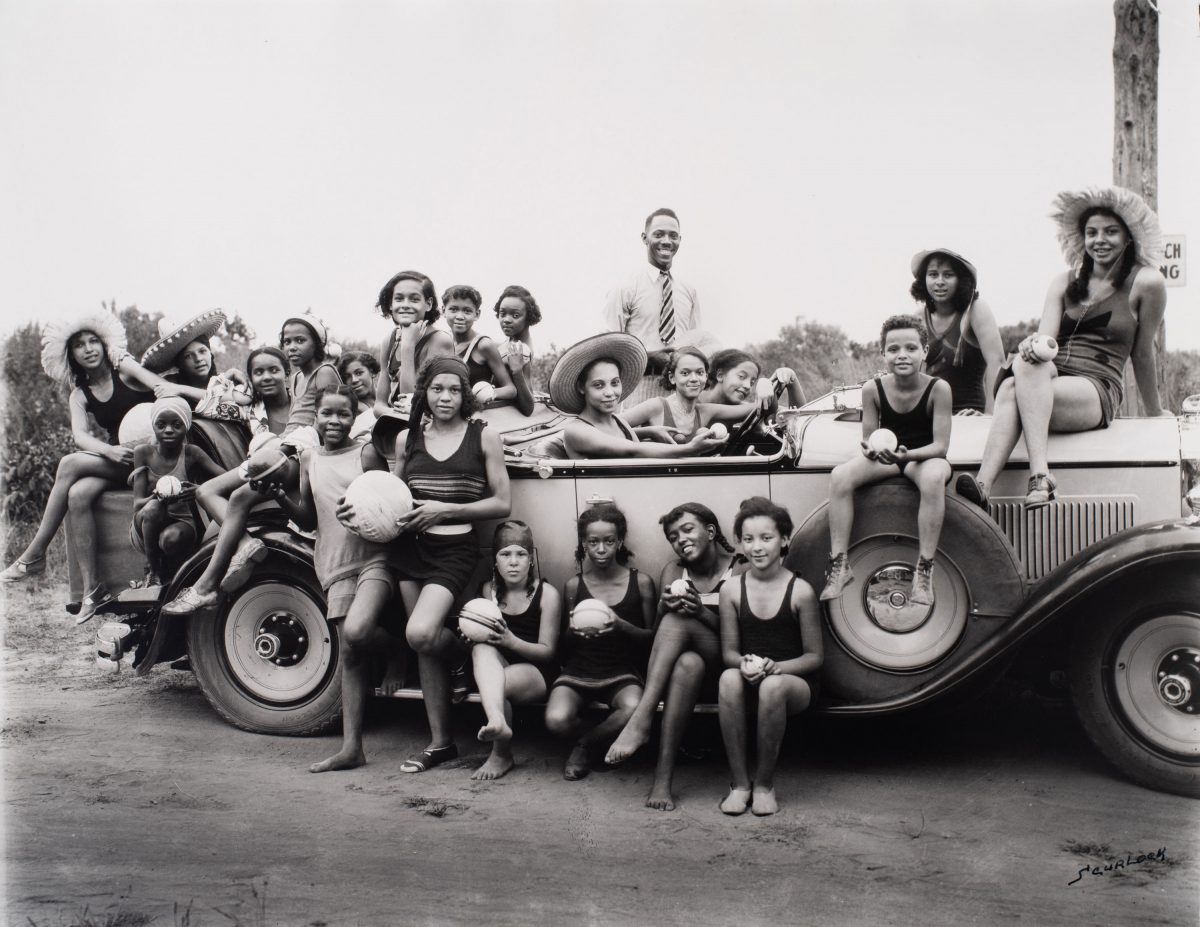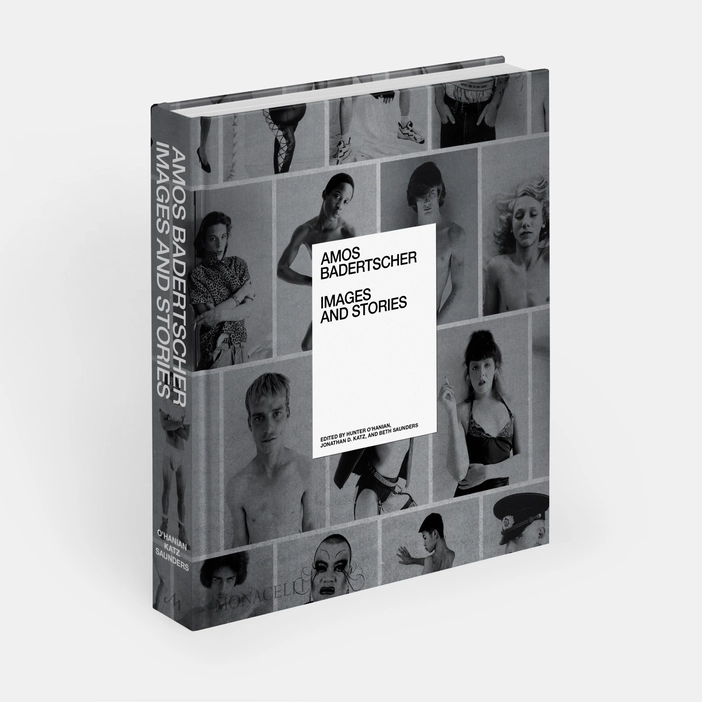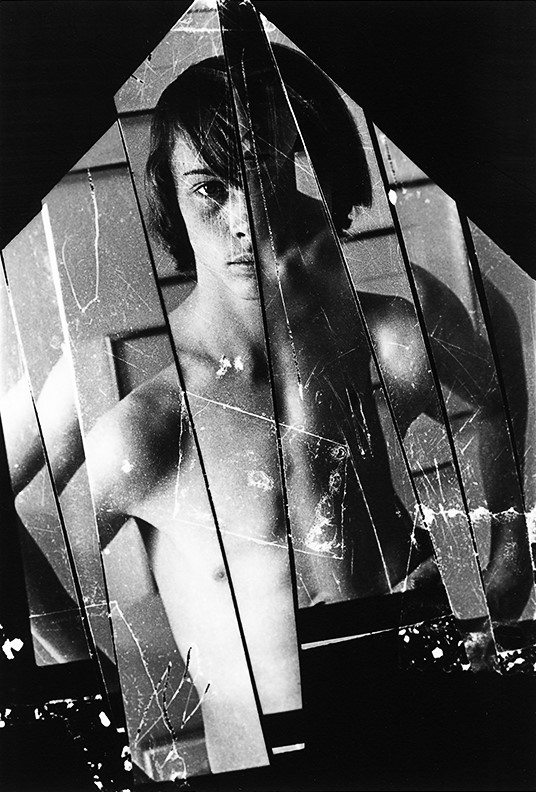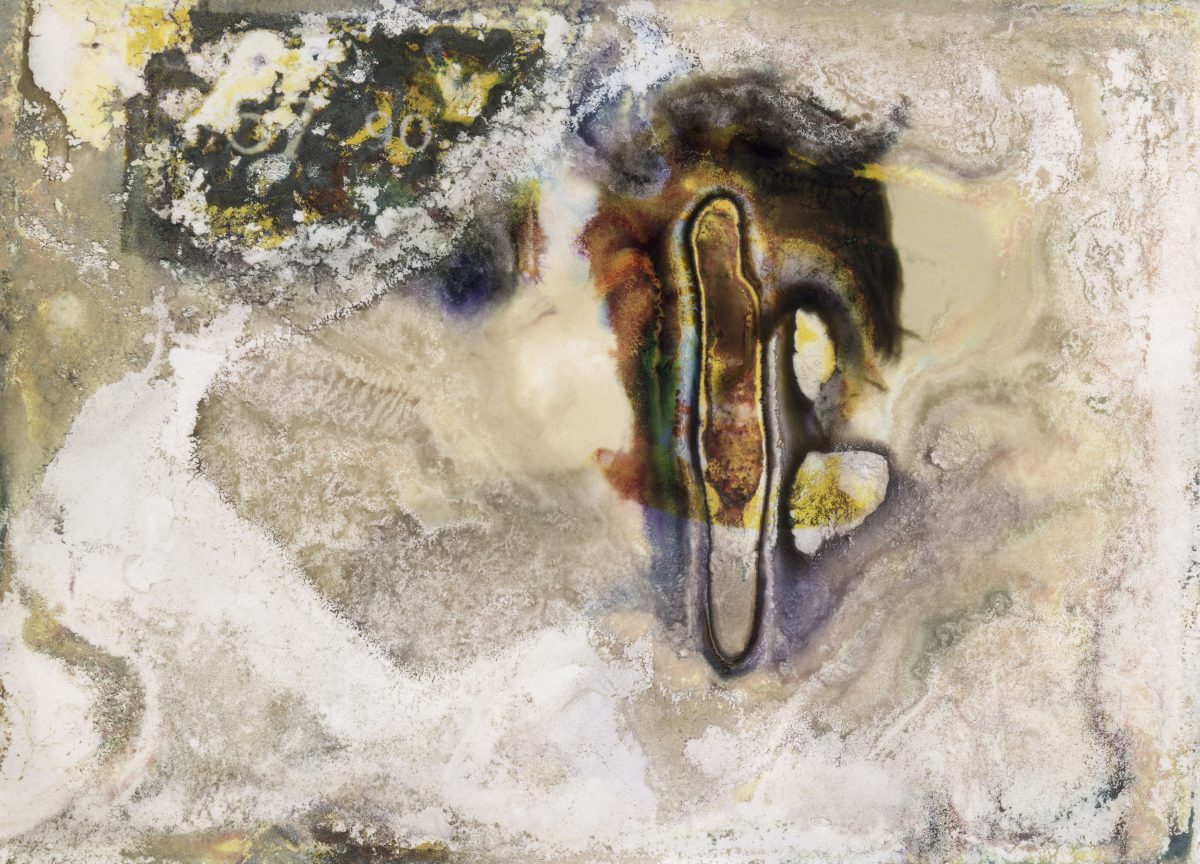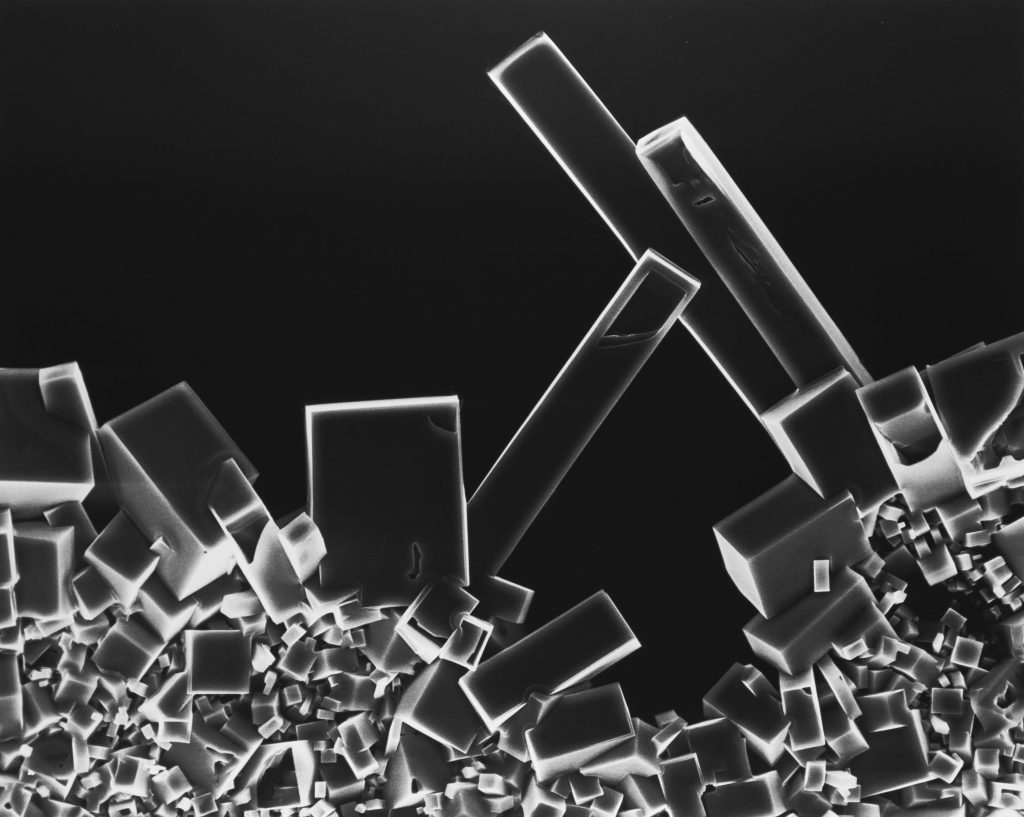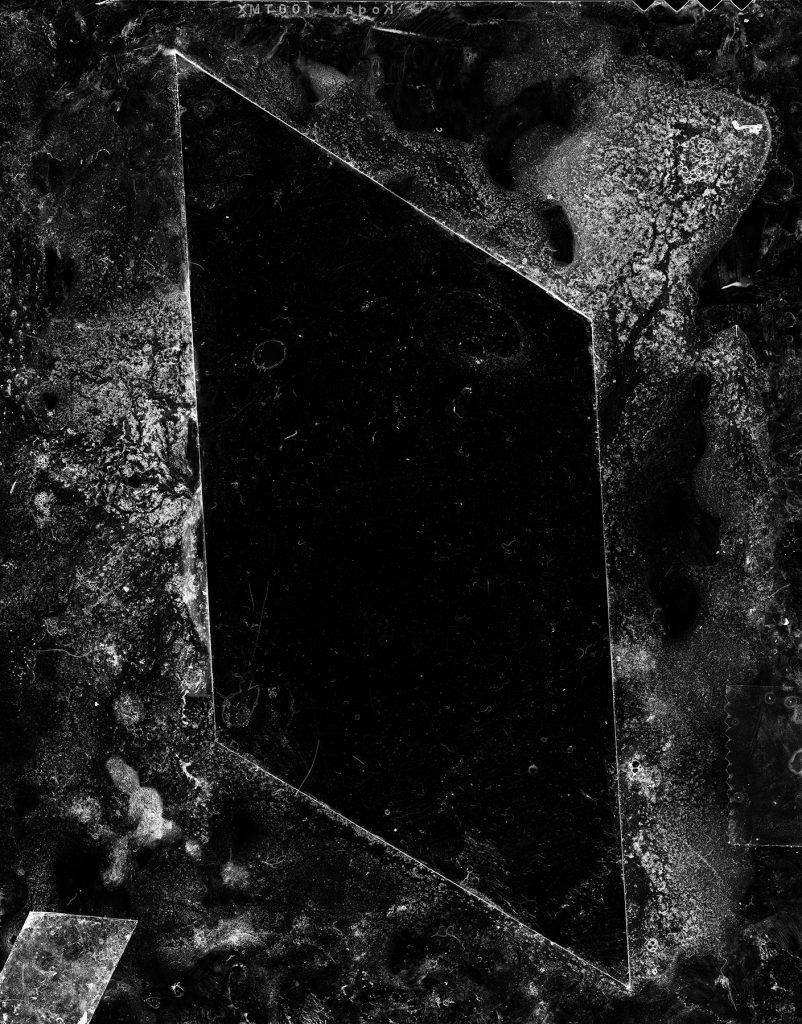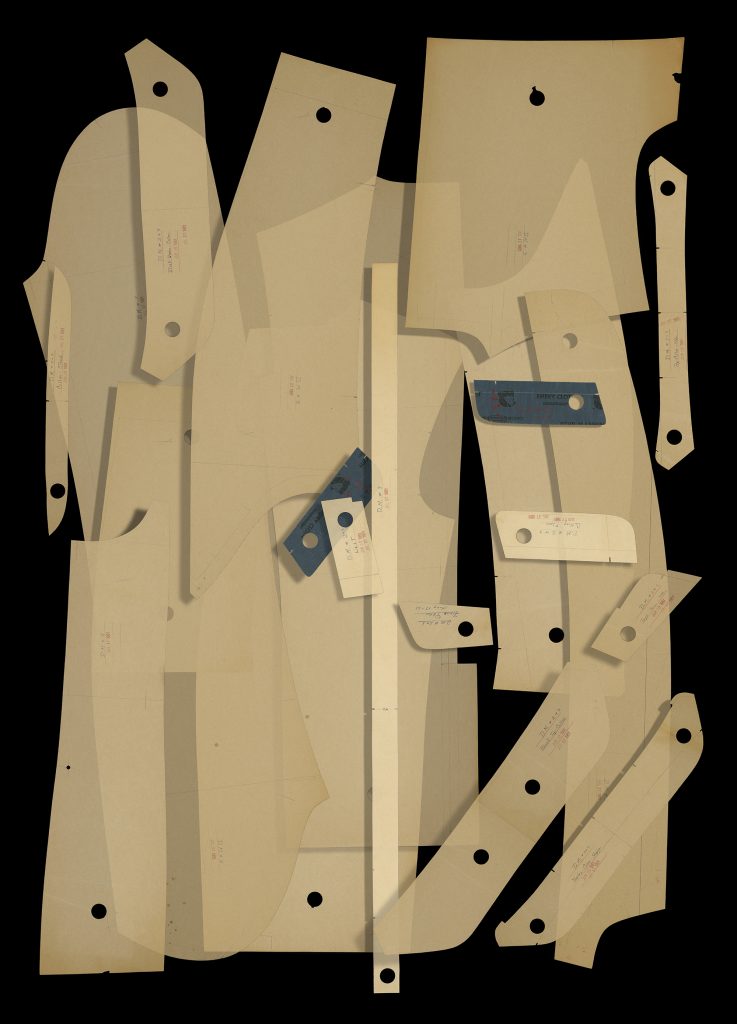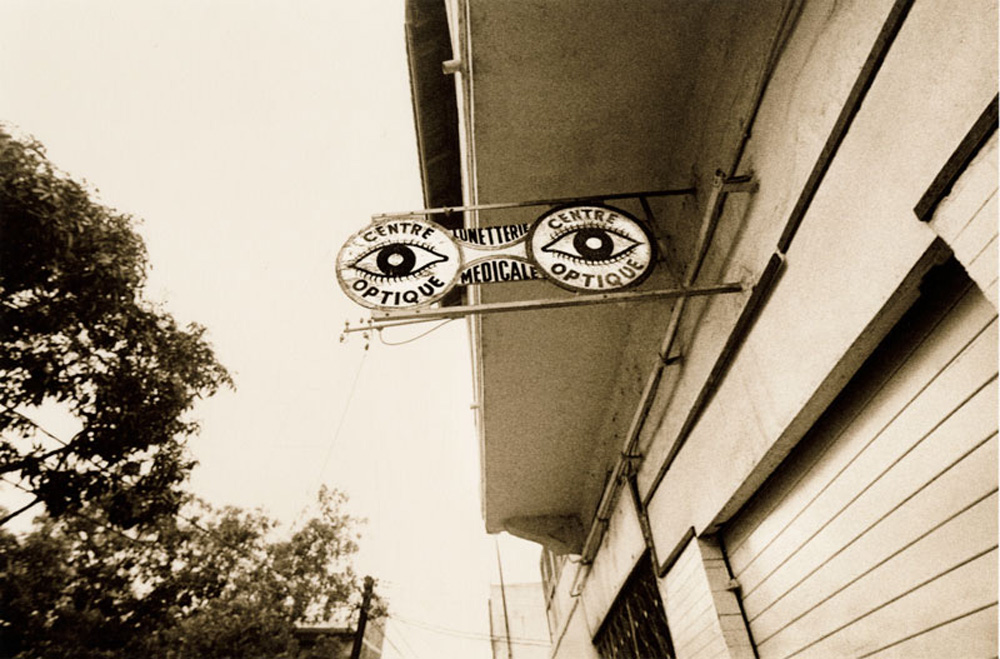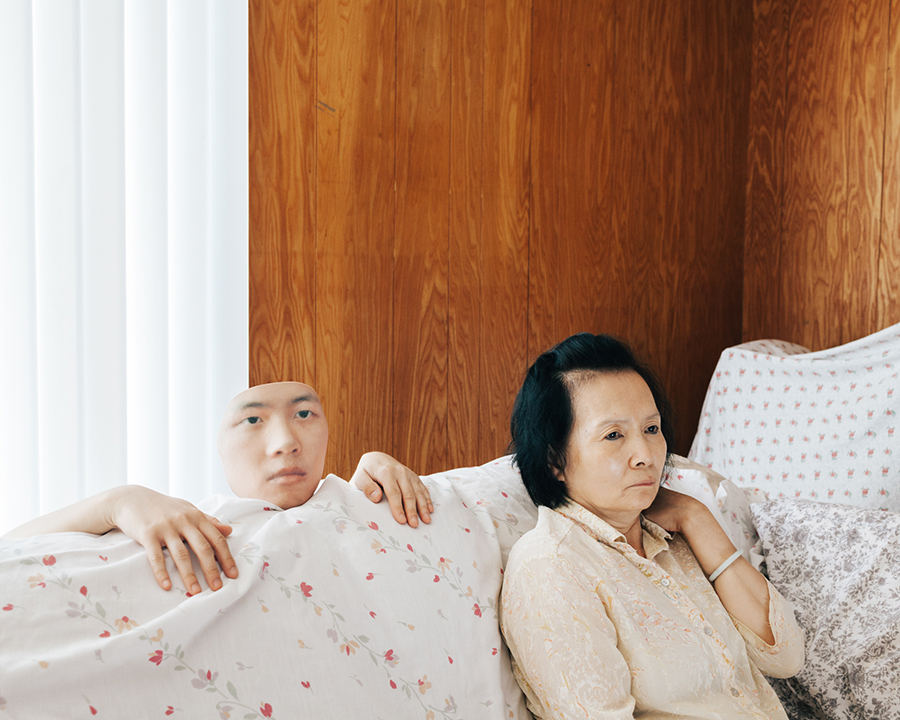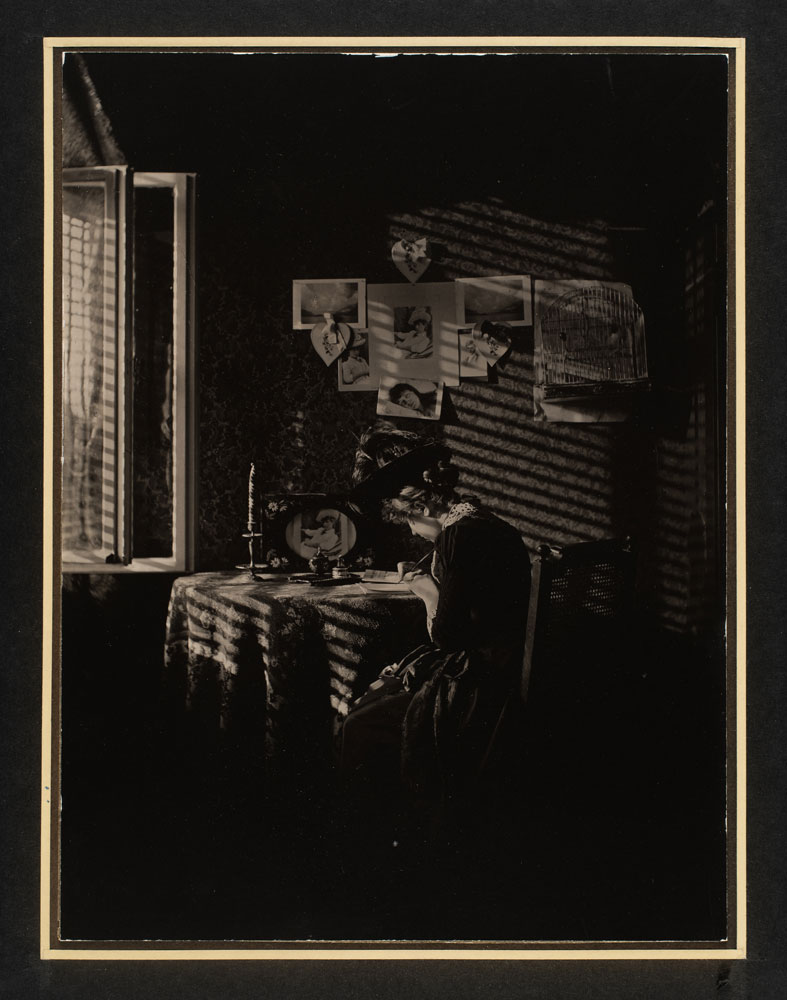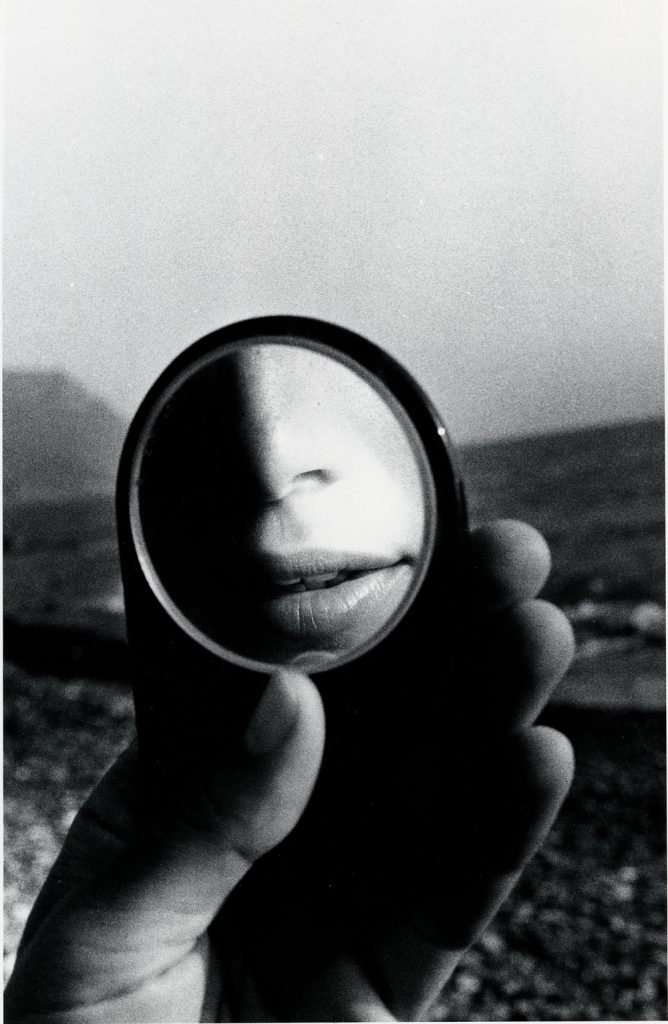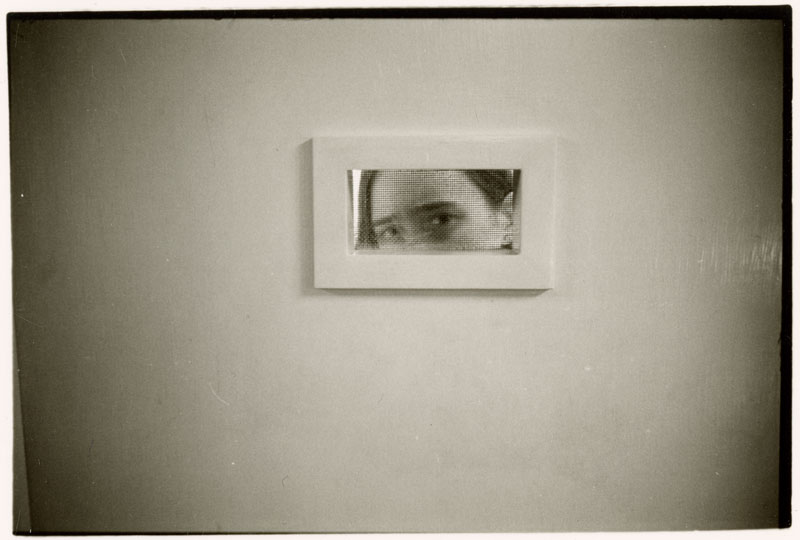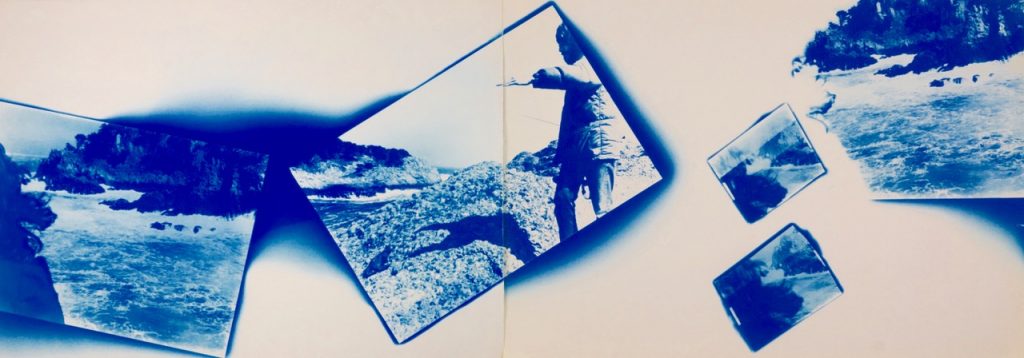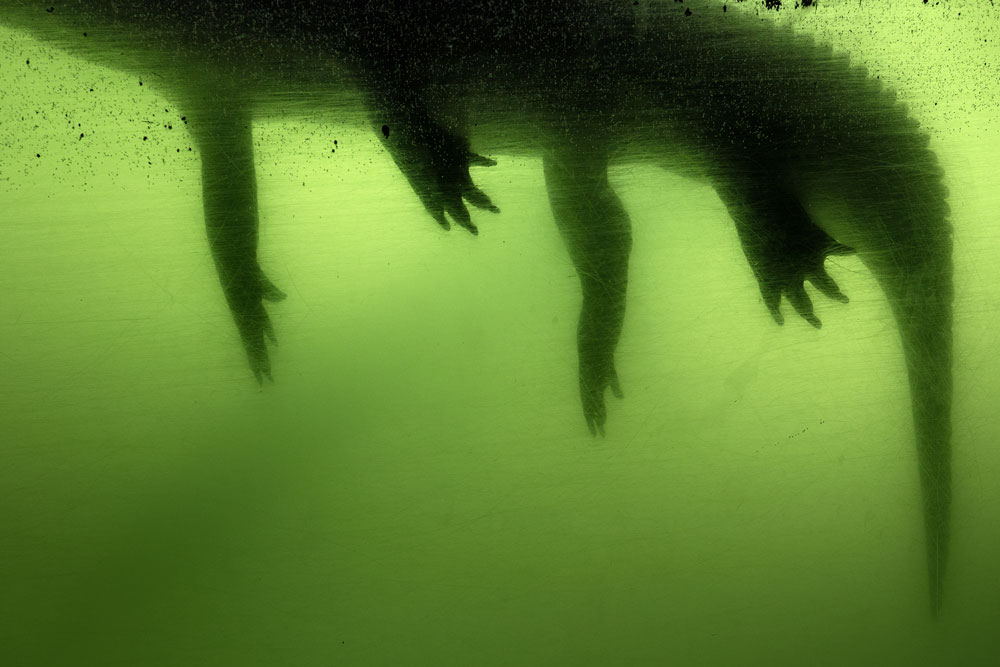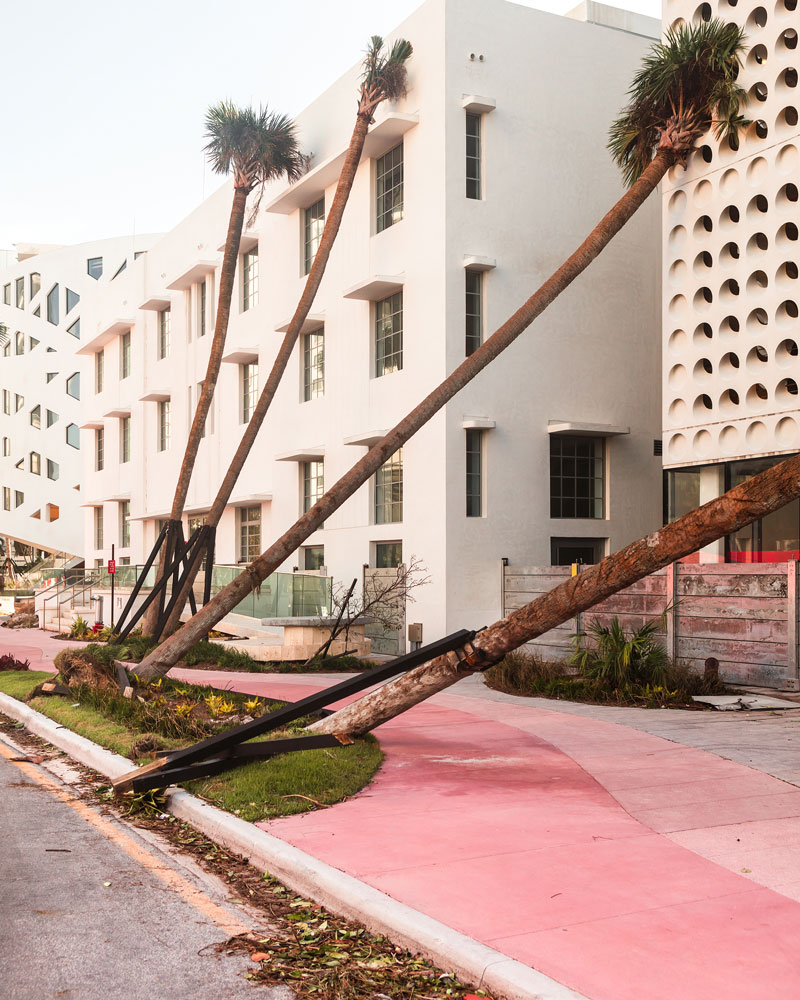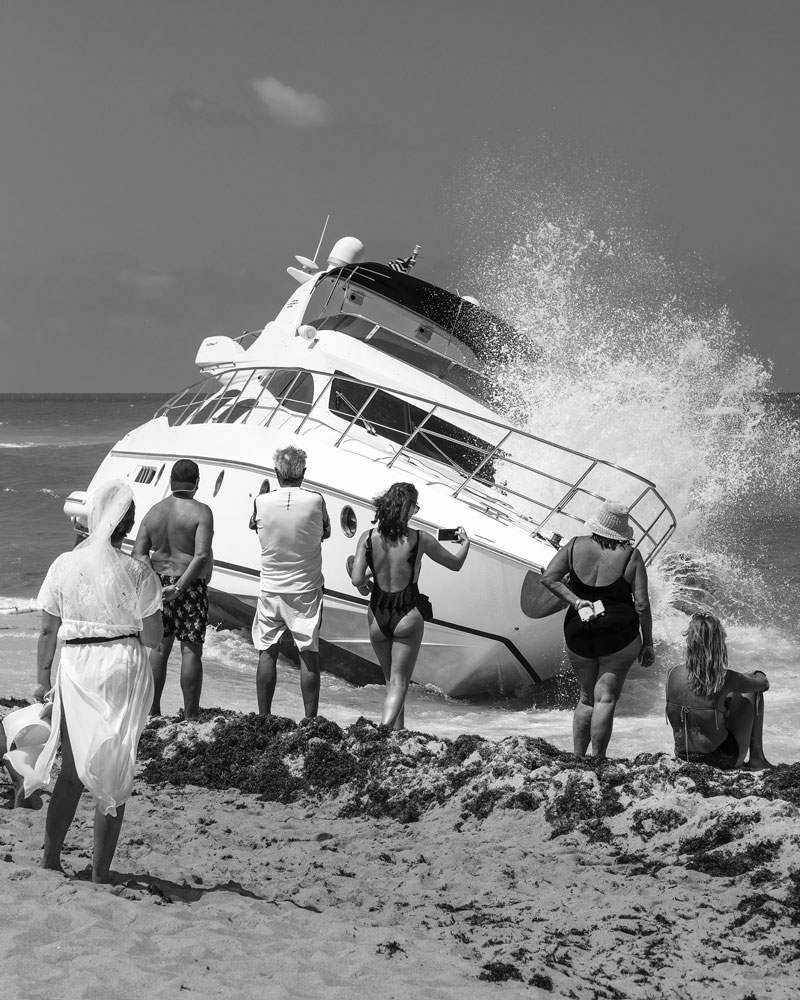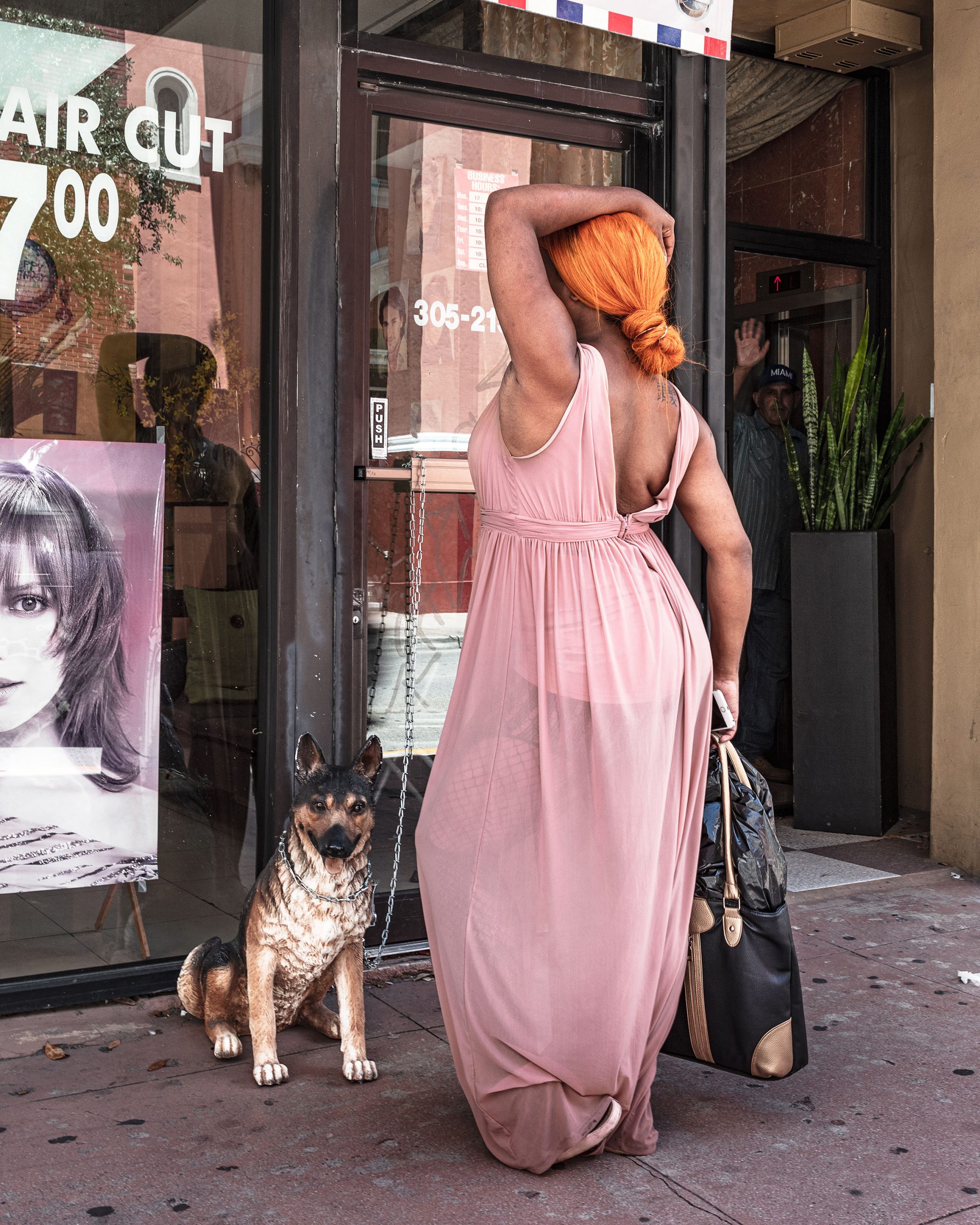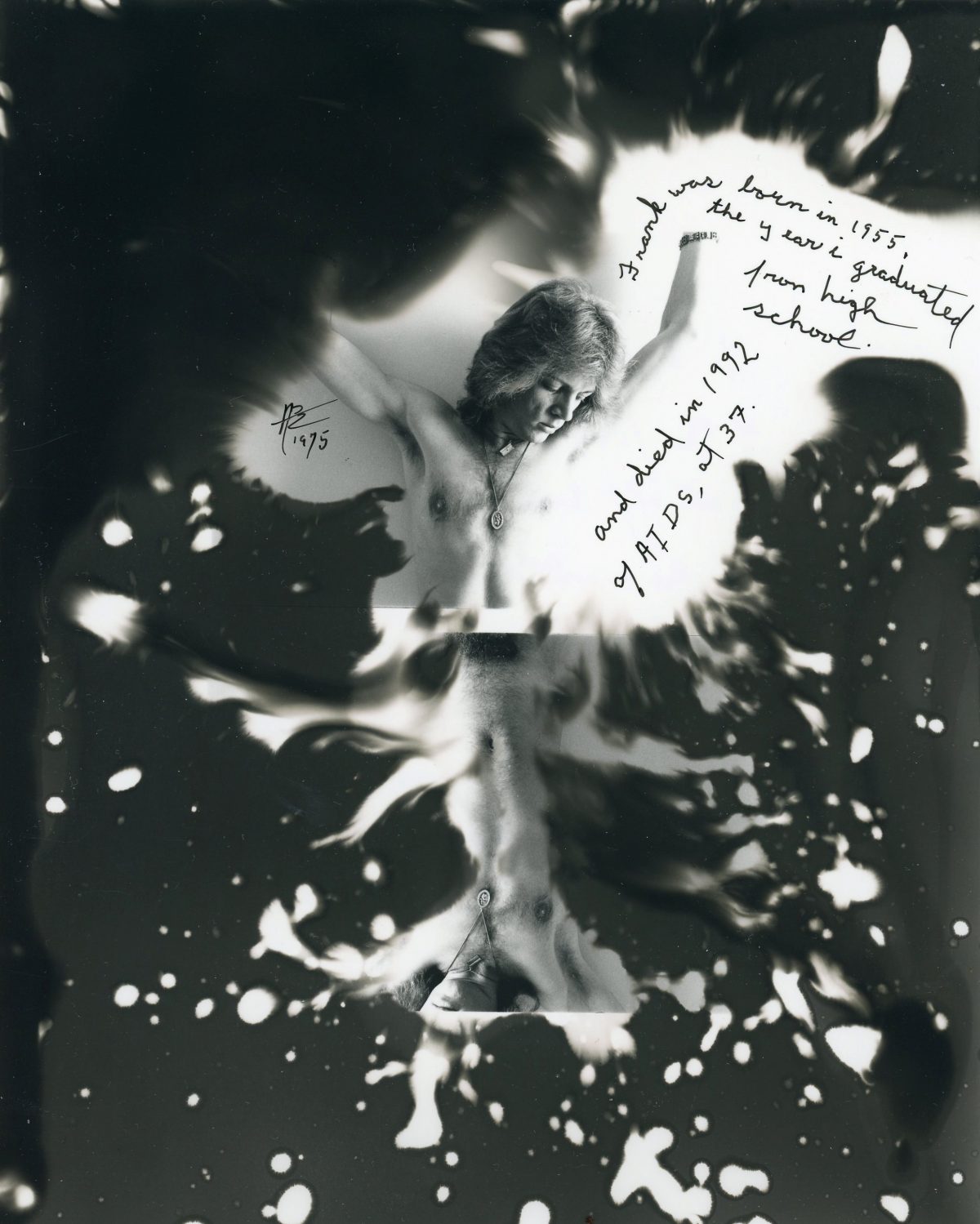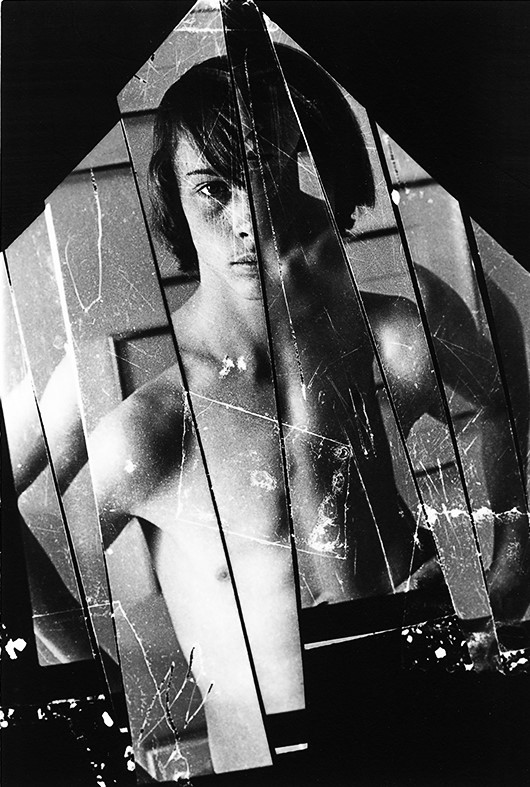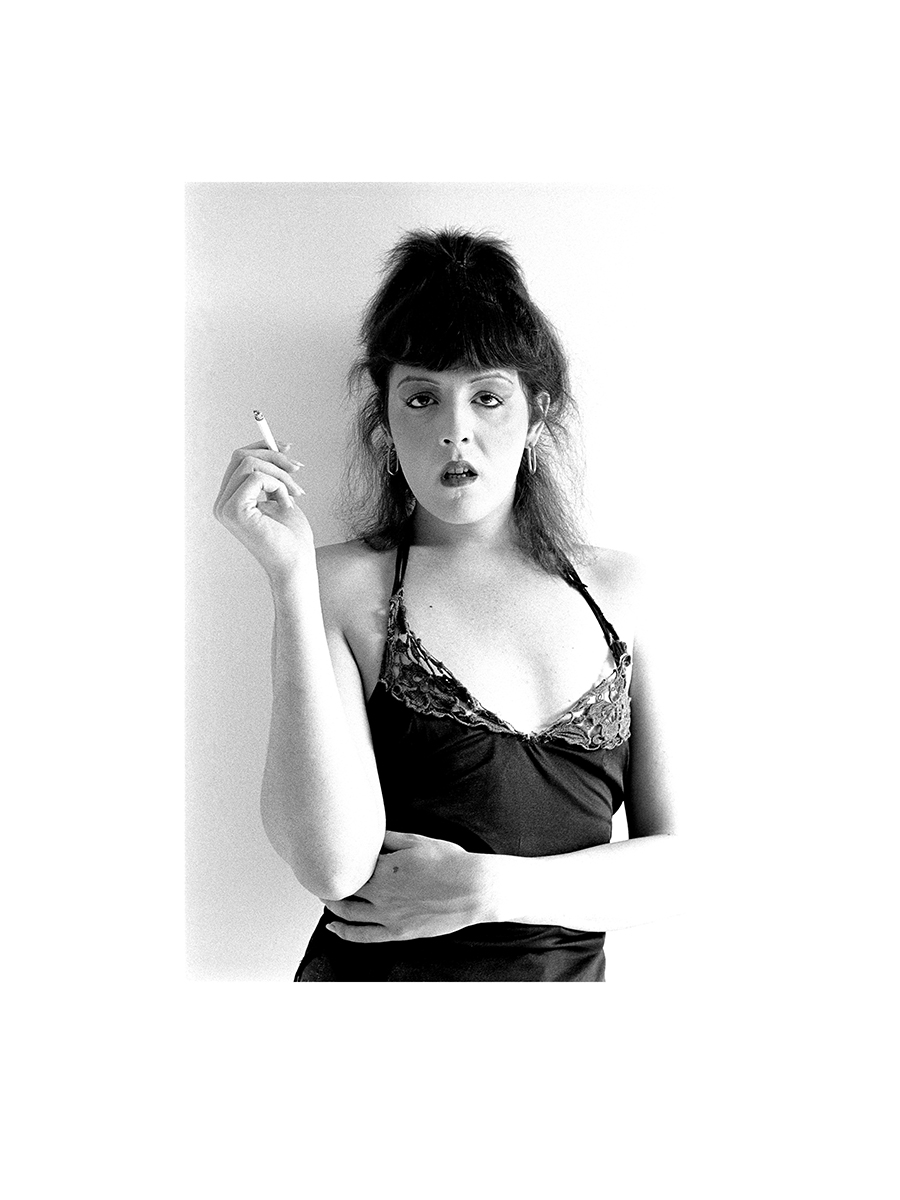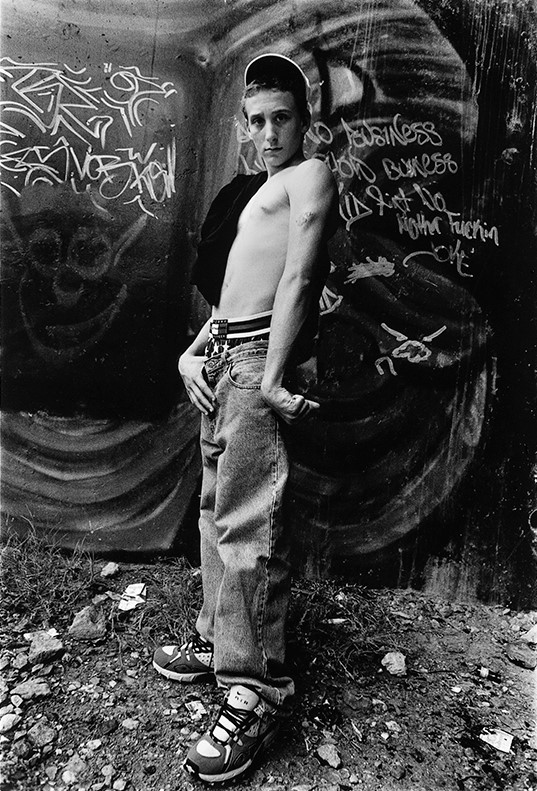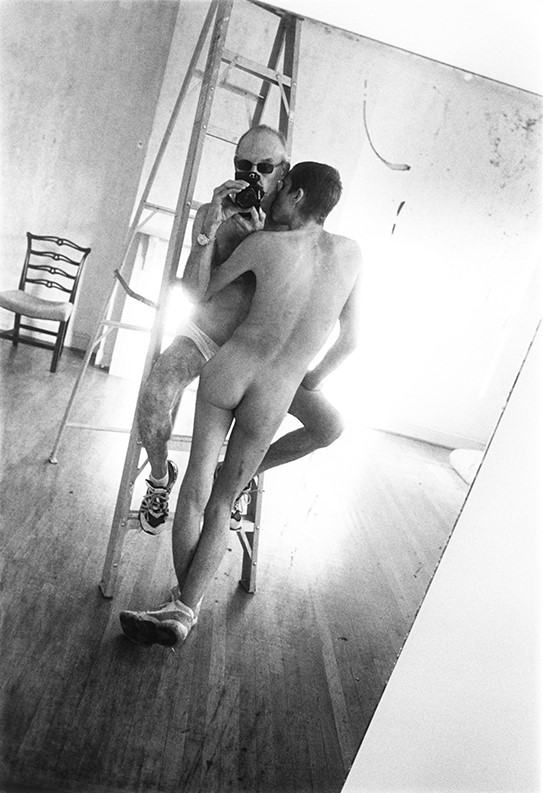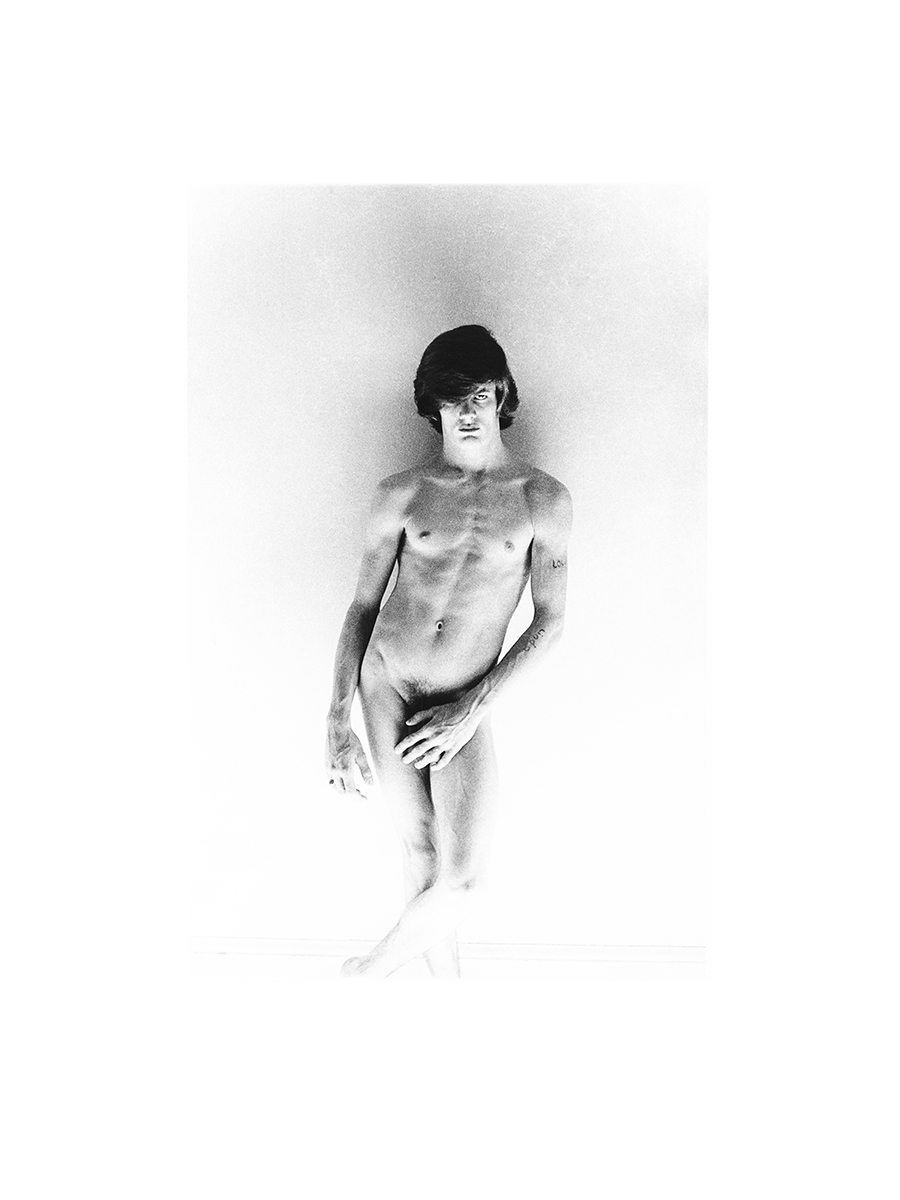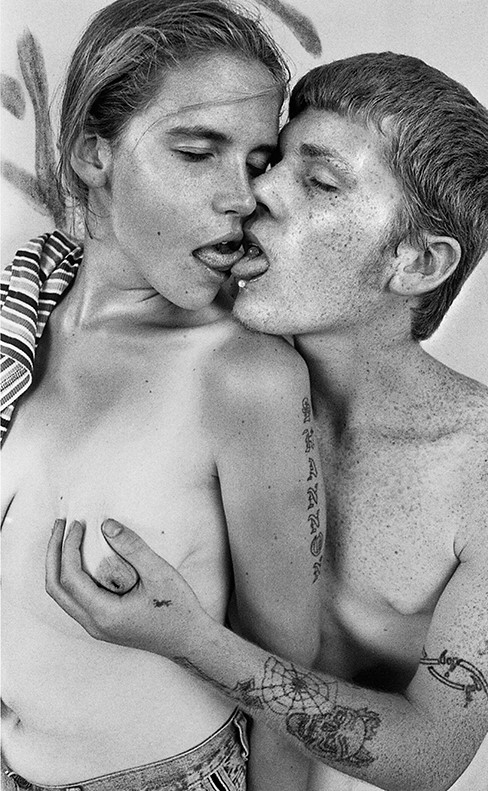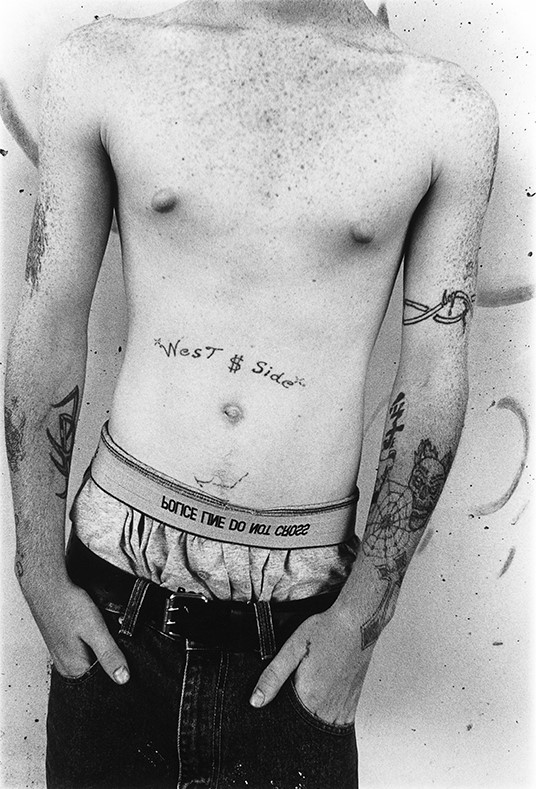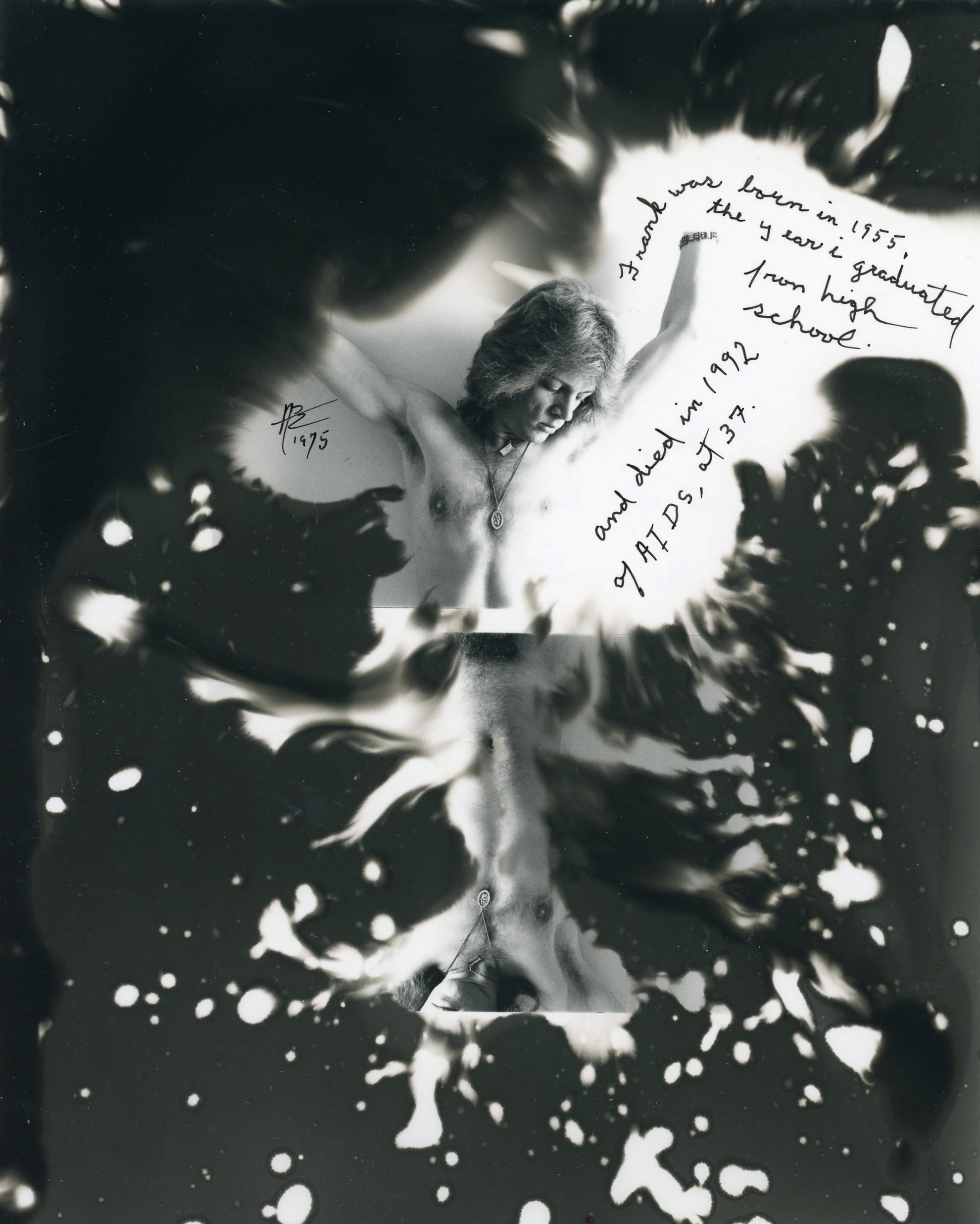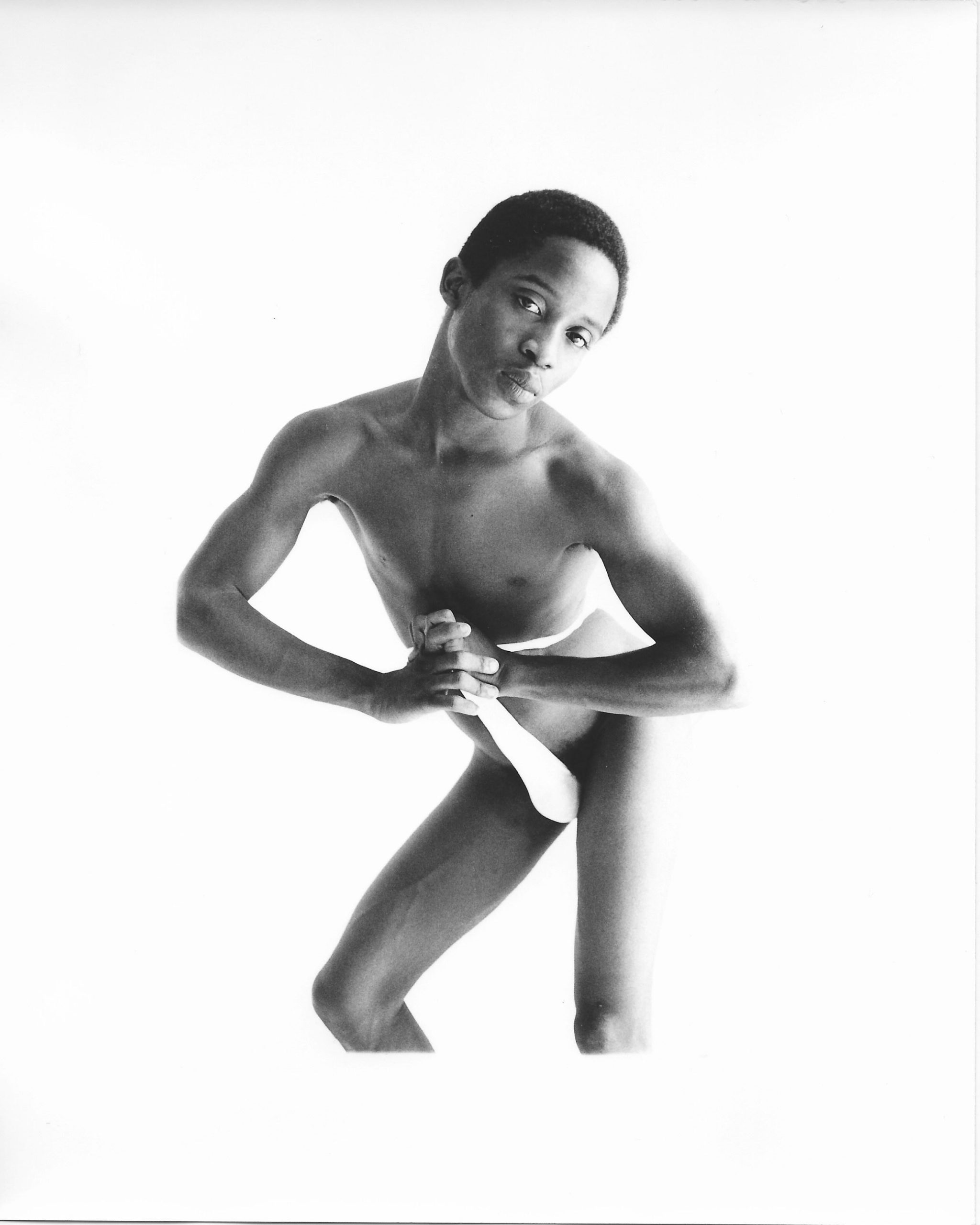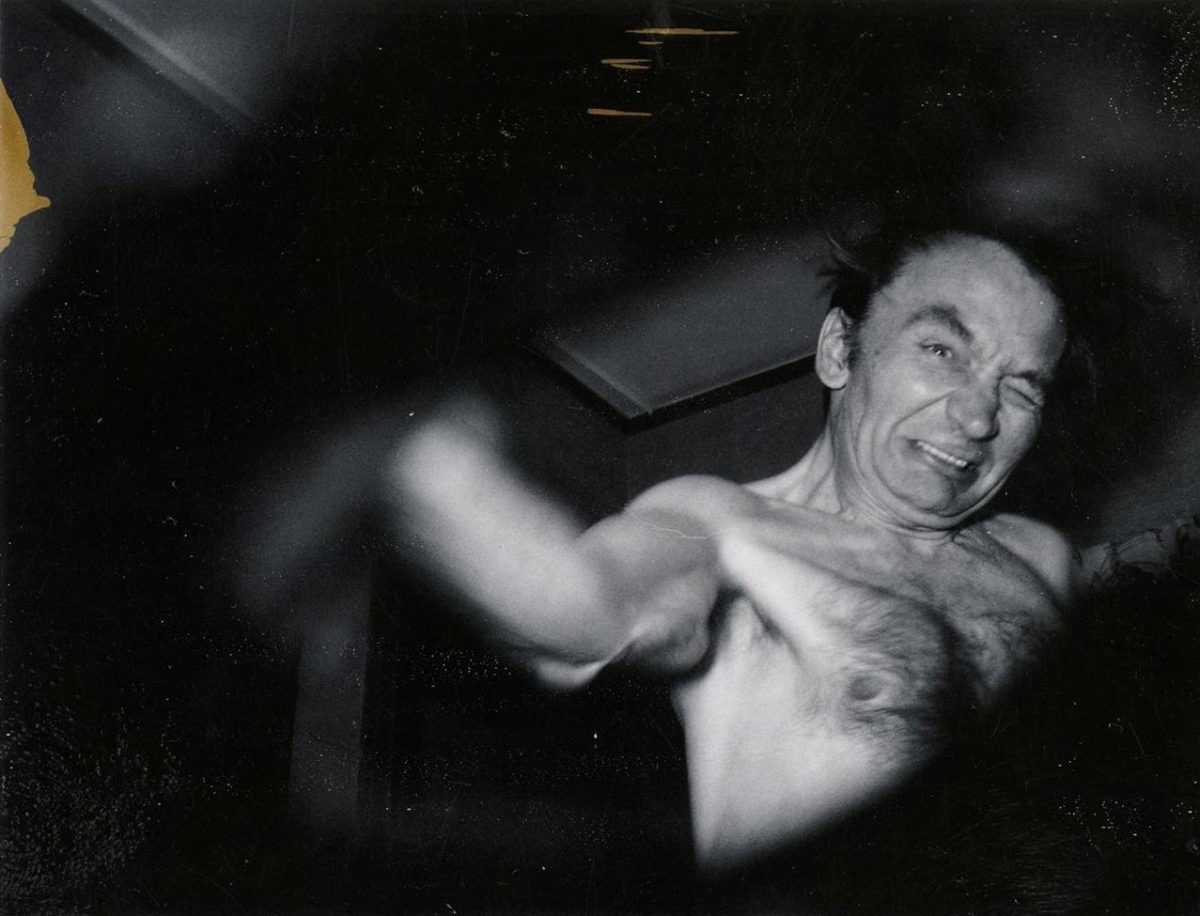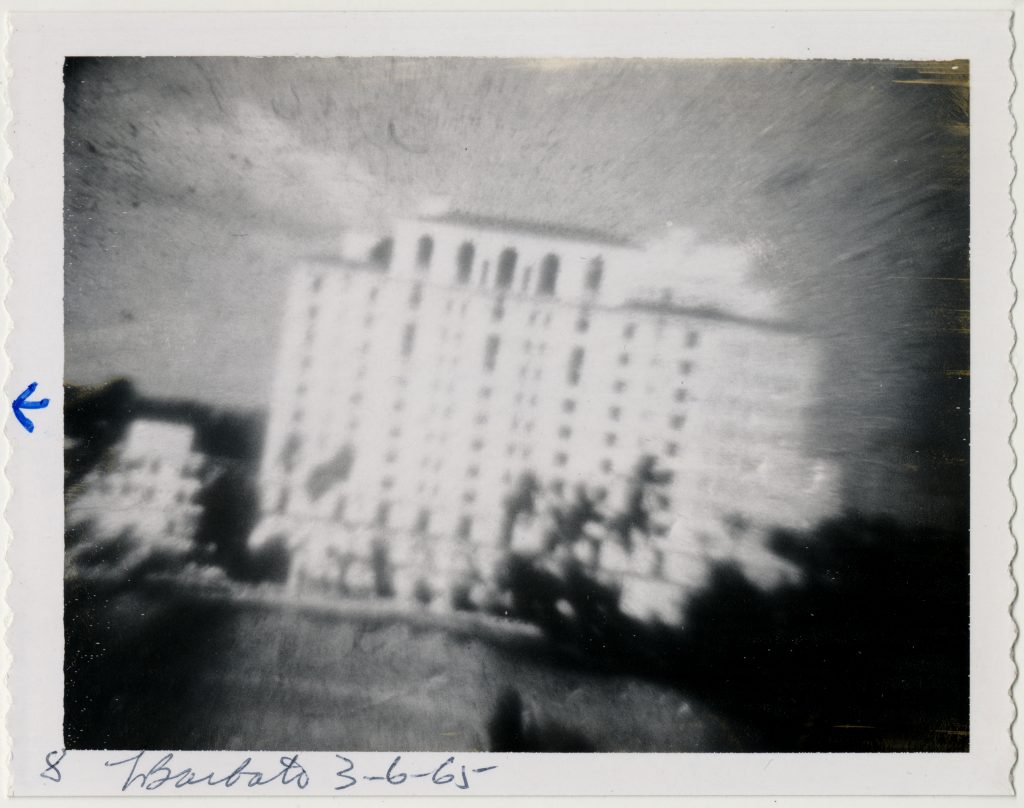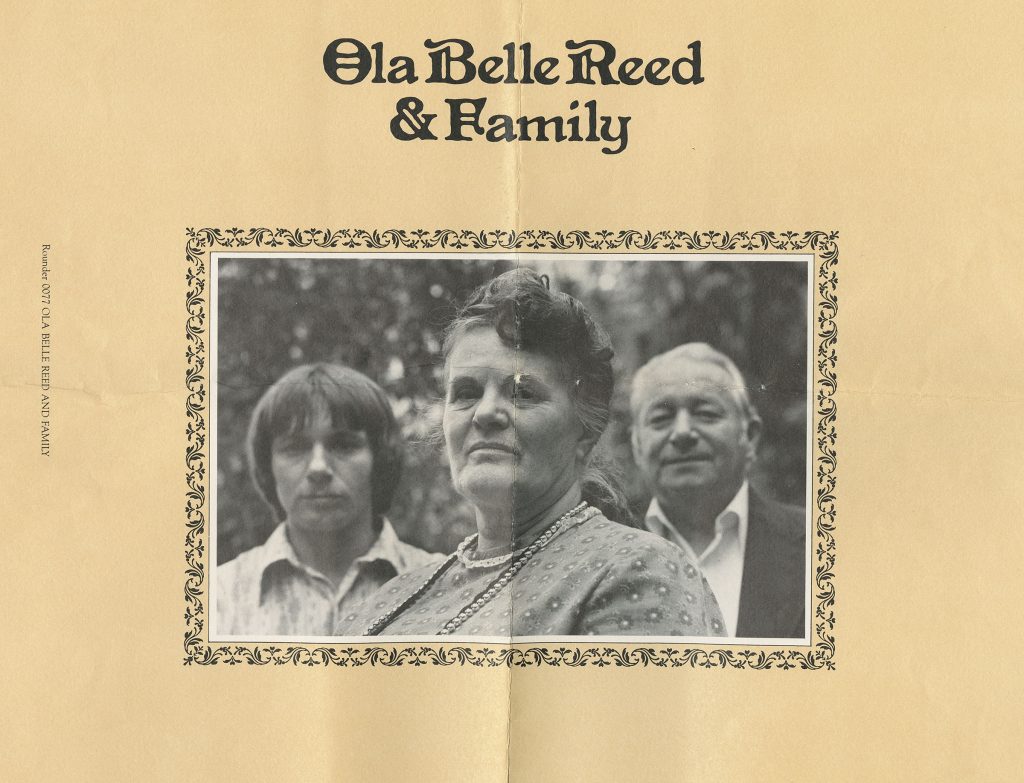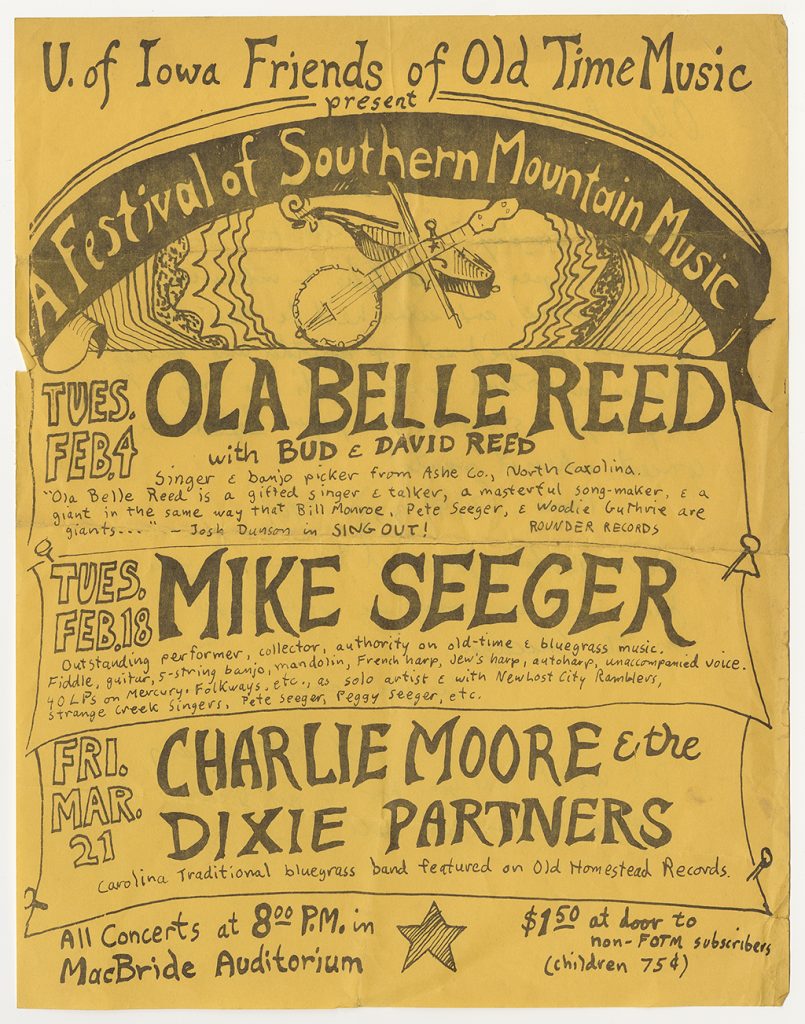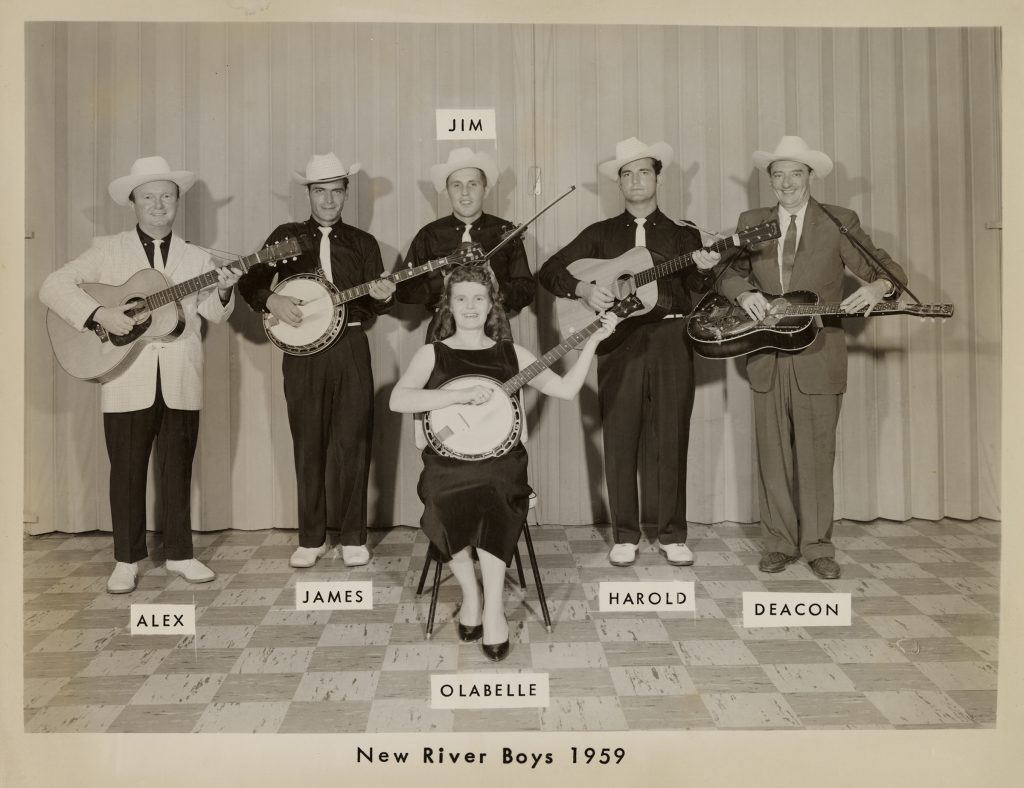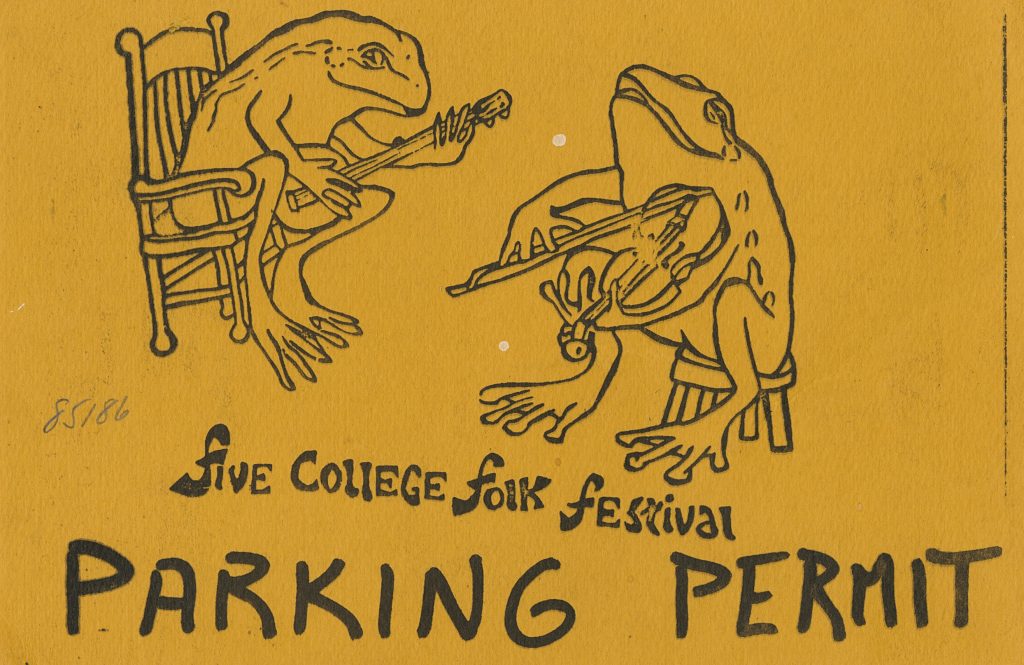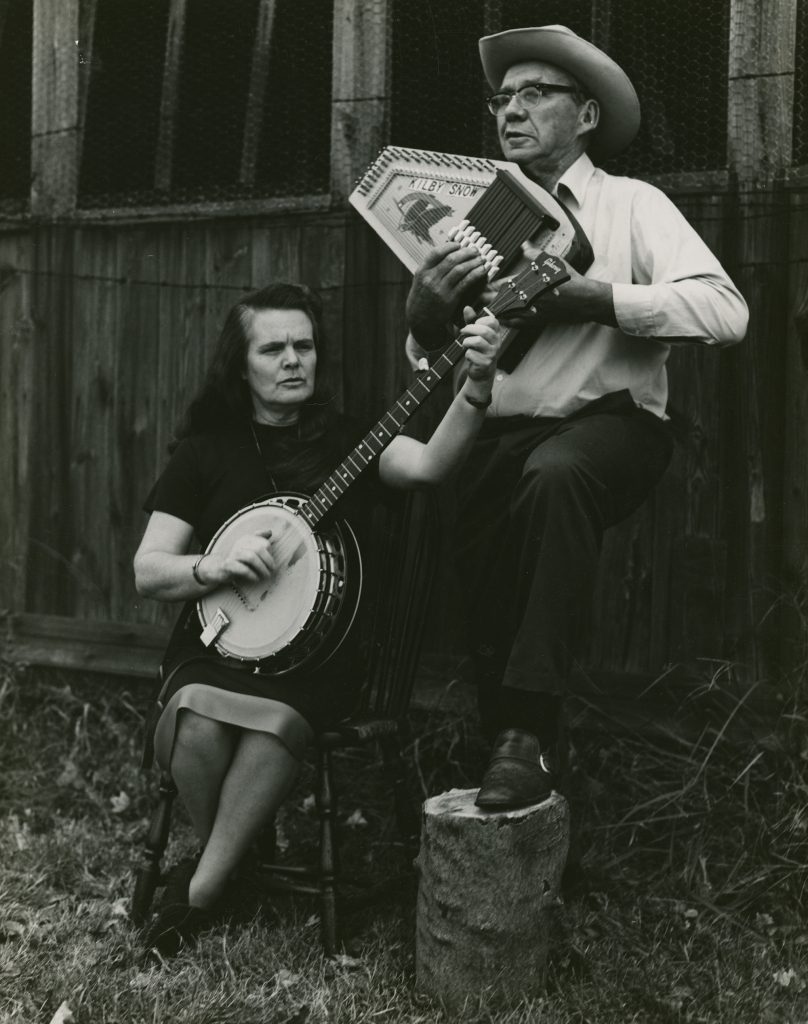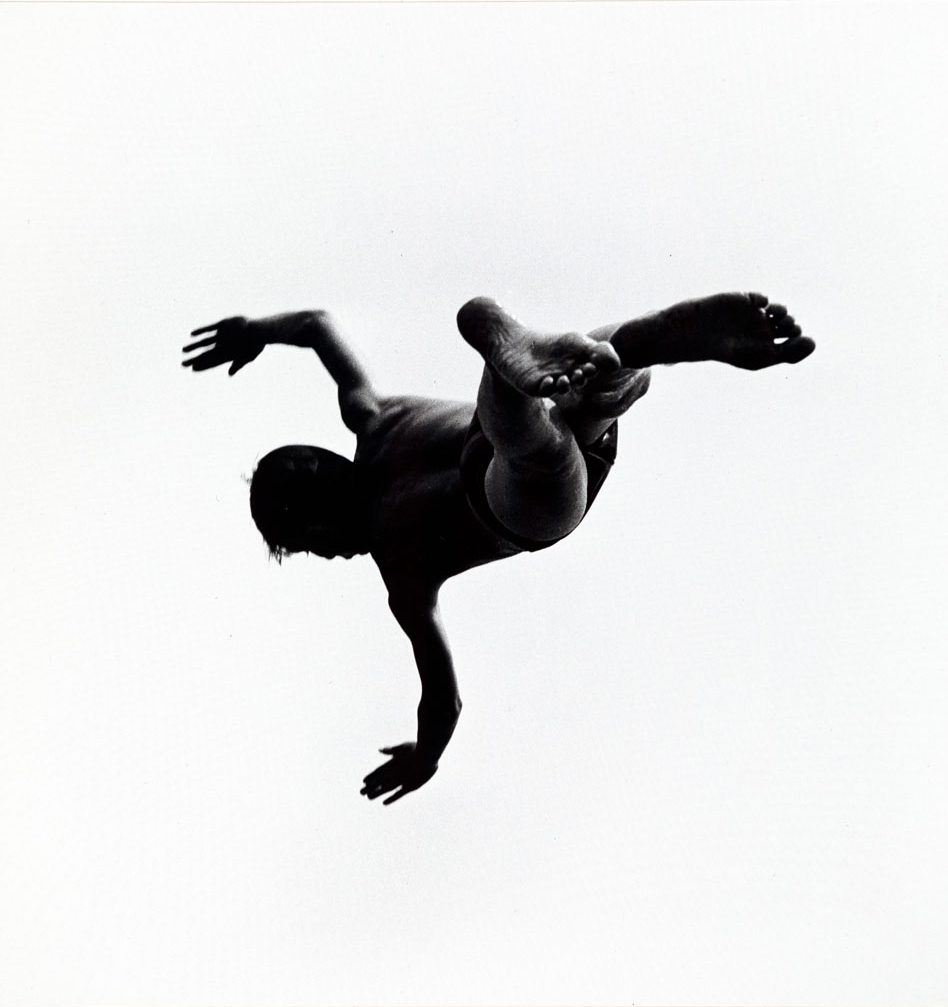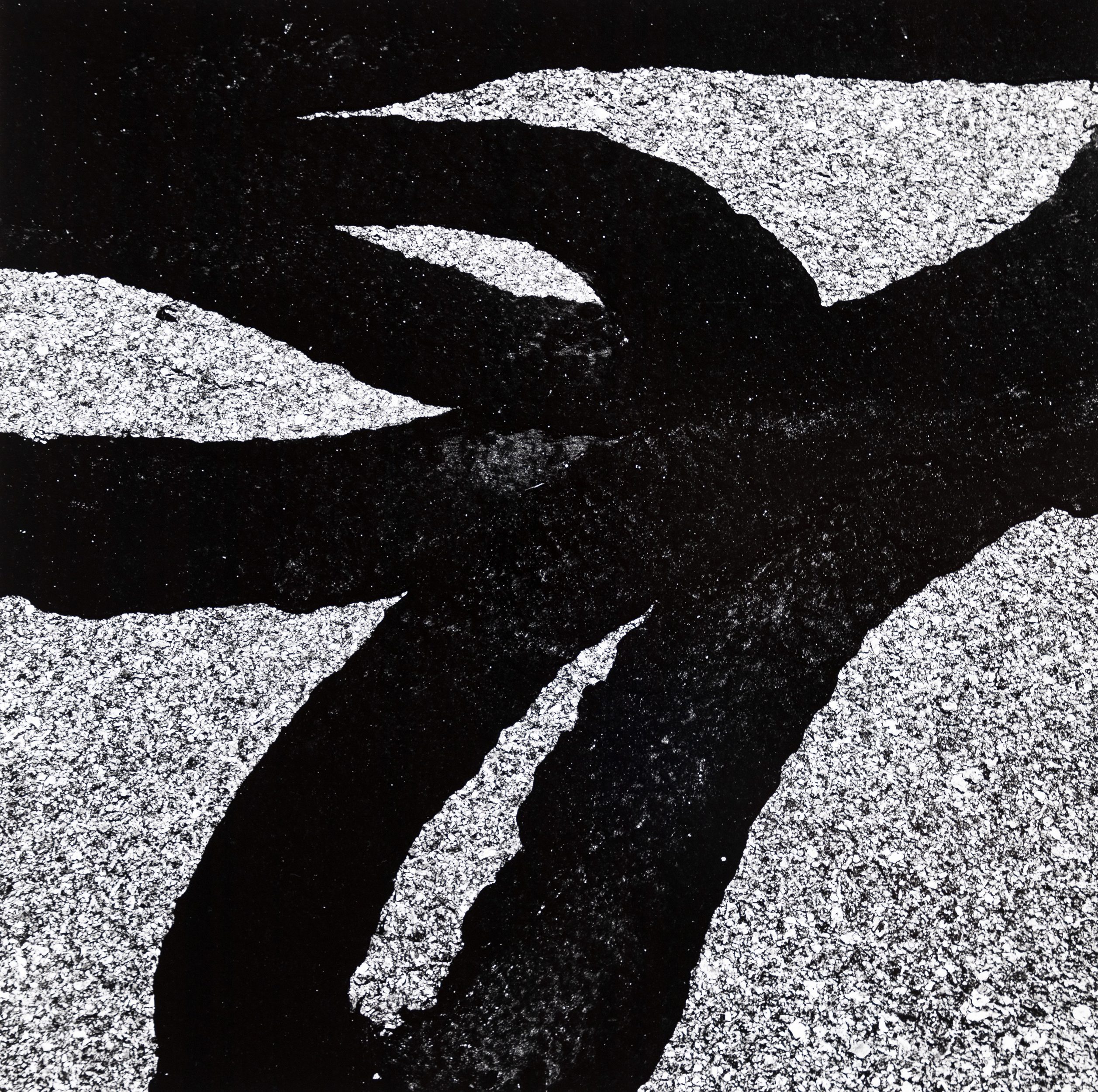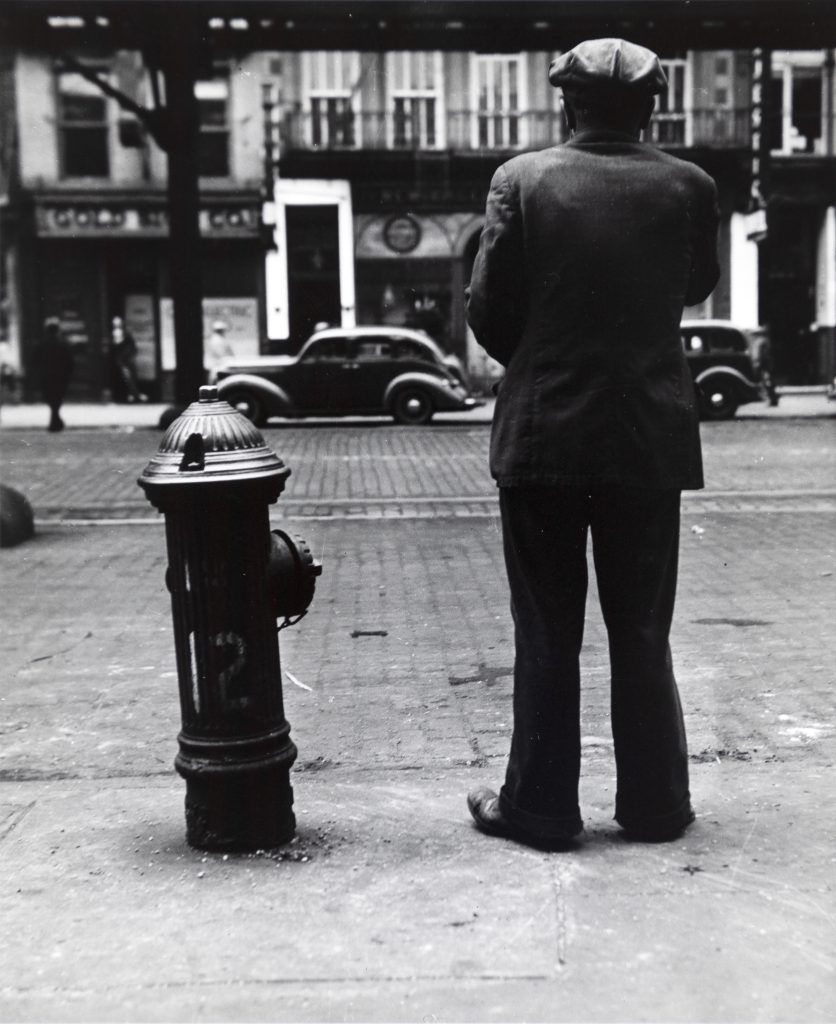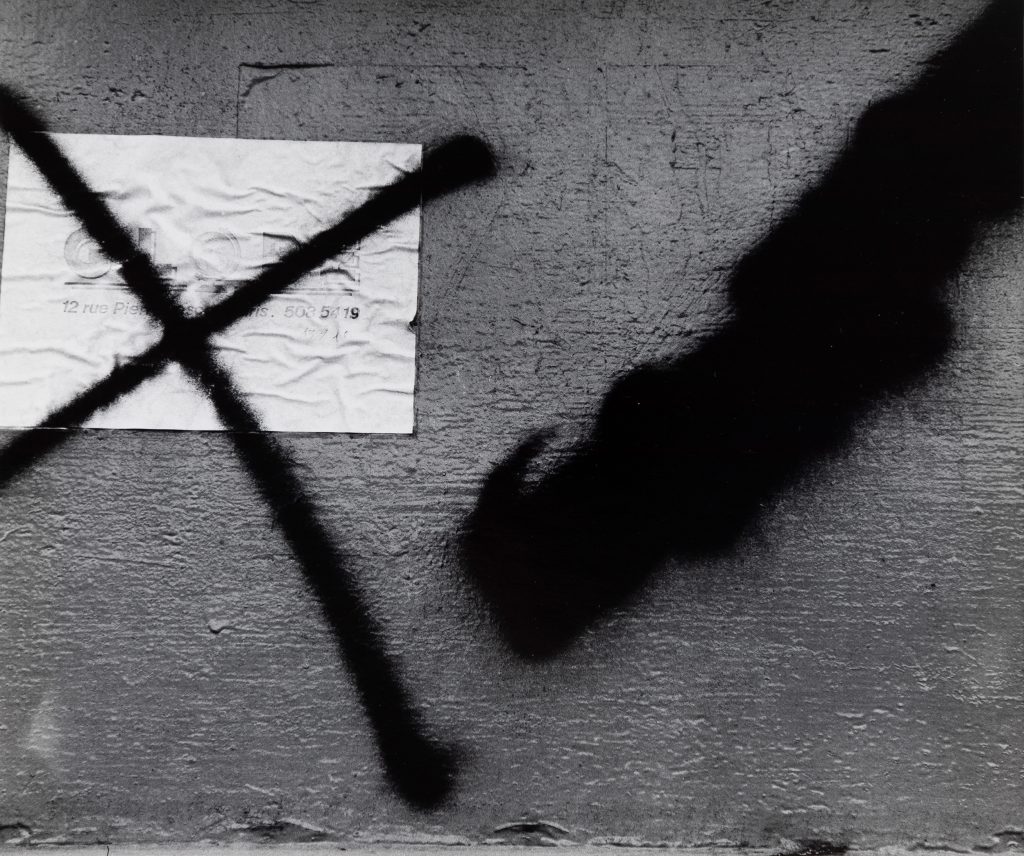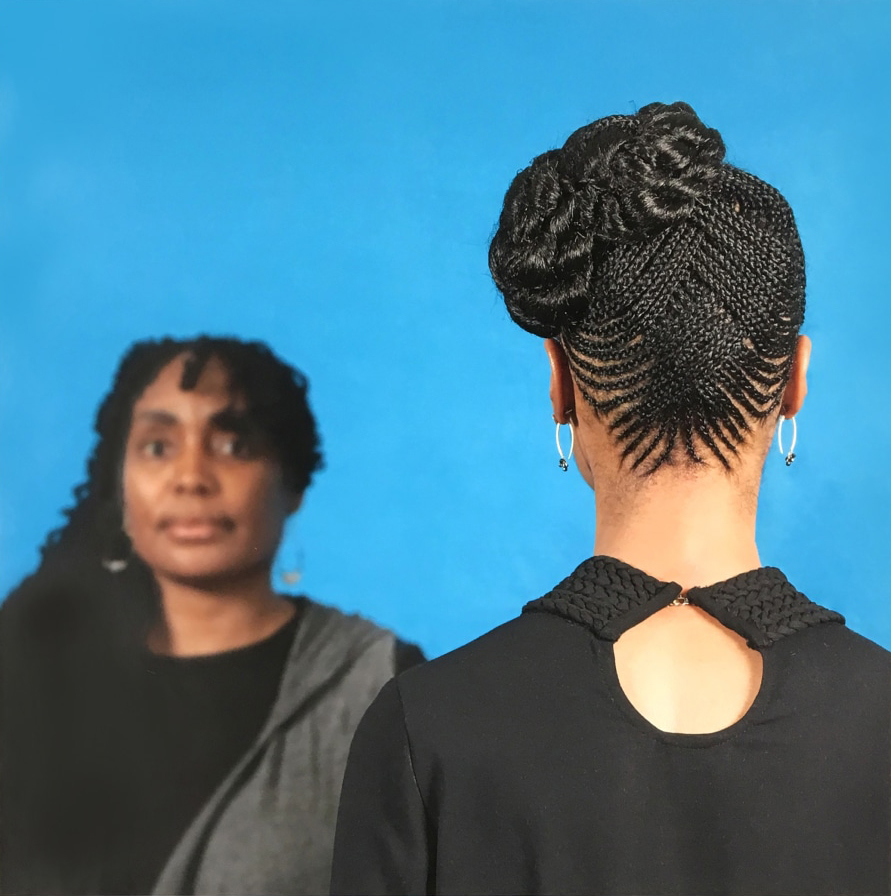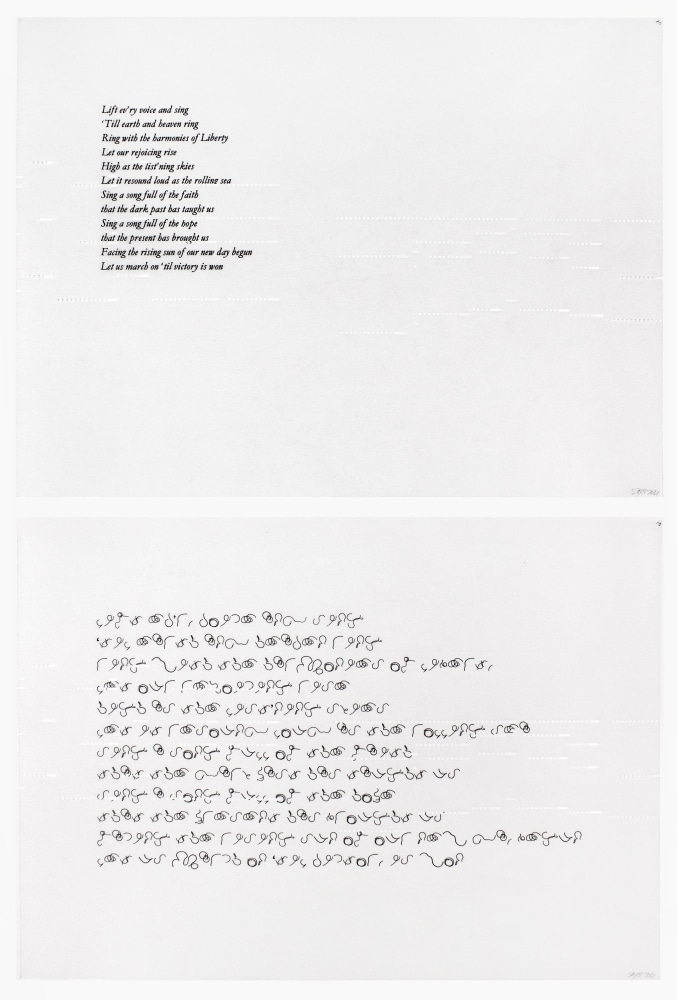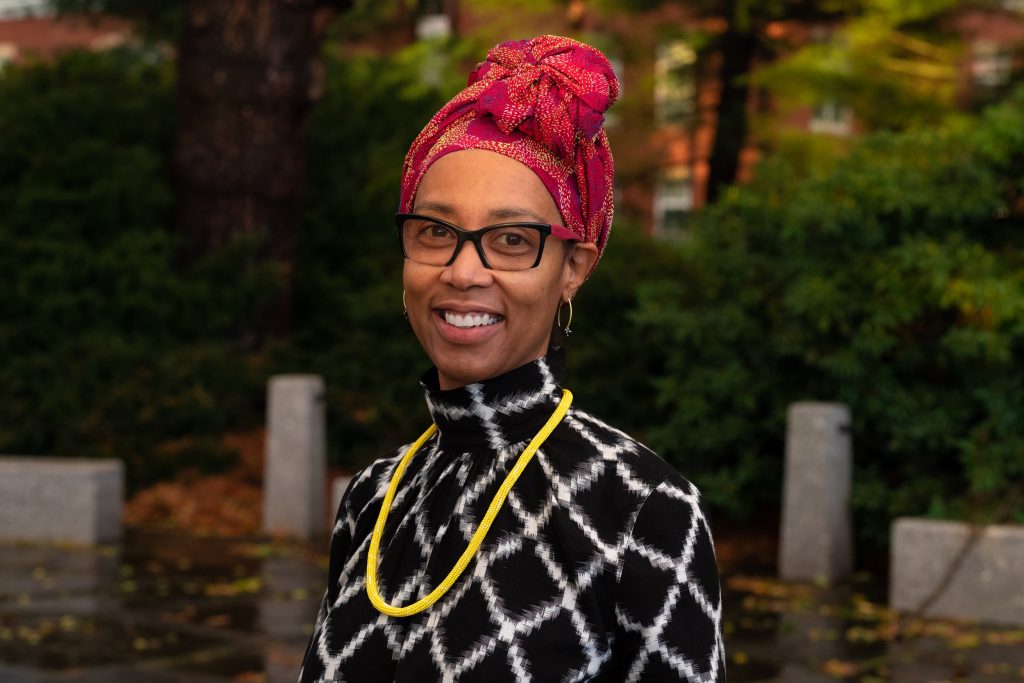September 2 –December 19, 2025
Picturing Mobility explores what it meant to seek leisure and travel as a Black American during the Jim Crow era. The exhibition features snapshots and travel ephemera of Black leisure experiences primarily from the mid-Atlantic during the 1920s to 1960s. From beach outings to family road trips, these images offer glimpses into everyday moments of happiness, relaxation and community, challenging dominant narratives that define the era solely through restriction and struggle. Viewers are encouraged to reflect on the emotional power of these images of Black resistance and mobility.
Public Programming
Curatorial talk with Dr. Elizabeth Patton
Thursday, September 18, 5pm, Library Gallery
Followed by an opening reception
Elizabeth Patton is Chair and Associate Professor of Media and Communication Studies. She received her Ph.D. in 2013 from the Department of Media, Culture and Communication at New York University. Her research interests center on media history, identity and space, and how media practices have informed popular understandings of work and leisure.
Her book, Easy Living: The Rise of the Home Office (Rutgers University Press, 2020), examines how the idea of working within the home was constructed and disseminated in popular culture and by the communication and real estate industries through mass media during the 20th century. Elizabeth’s current book project, Documenting Black Leisure as a Form of Resistance, examines the history of Black leisure and tourism in the US through Jim Crow-era media. She is the recipient of the 2023 National Endowment for the Humanities Fellowship. Recent research can be found in edited volumes such as Media Crossroads: Intersections of Space and Identity in Screen Cultures (Duke University Press, 2021) and Race and the Suburbs in American Film (SUNY Press, 2021). She is the co-managing editor of Mediapolis: A Journal of Cities and Culture.
Panel discussion: Documenting Black Leisure and Preserving Community Archives
Thursday, December 4, 5pm, Library Gallery
Followed by a reception
The presentation of this exhibition and its public programs is supported by an arts program grant from the Maryland State Arts Council, an agency funded by the State of Maryland and the National Endowment for the Arts. Additional support comes from the Libby Kuhn Endowment Fund, as well as individual contributors.
Image caption: Addison Scurlock, Picnic, #78, [Highland Beach, Maryland], c. 1931, printed 1982. Gelatin Silver Print, The Photography Collections, UMBC (P82-17-014)


